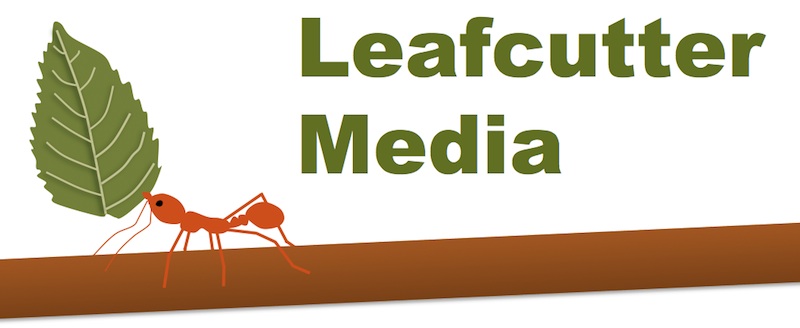- Follow Teaching nonmajors biology on WordPress.com
-
Recent Posts
- Teaching the process of science: A simple, no-frills approach
- Phone-based review quizzes enhanced with AI
- Anatomy teachers: Do you know where your bones are from?
- When Projects Replace Exams: A True Story of Success and Failure
- Teaching the “process of science”? This site can help.
- Jamboard: A great tool for collecting student questions and ideas
- Inhabiting the Anthropocene: Art Meets Biology
- Binary or not? Teaching the biology of sex
- Don’t Just Talk About Microplastics — Make Them Visible
- Using Google Forms for biology class: A free tool with many uses
Category cloud
Academic conferences Active learning Assessment Assignments Chemistry Citizen science Collaboration Concept mapping Course design Ecology Engaging students Equity and inclusion Evolution Experimental design genetics Instructional technology Just for fun Laboratory activities Learning at home Microbiology Mindset Online teaching Science in art Science news STEM Student writing Study skills Teaching Uncategorized VideosArchives
-
-

Tag Archives: collaboration
Teaching the process of science: A simple, no-frills approach
By Mariëlle Hoefnagels and Matt Taylor It’s been quite a while since I wrote about how students in my class conducted experiments on condoms. The activity was part of our lab covering the process of scientific inquiry, the metric system, … Continue reading
Posted in Active learning, Engaging students, Experimental design, Laboratory activities
Tagged active learning, Active learning, collaboration, color, condoms, education, engaging students, Experimental design, Graphing, HHMI Biointeractive, introductory biology, Learning, metric system, Process of Science, Teaching, toothpicks
Leave a comment
Phone-based review quizzes enhanced with AI
Guest post by Matt Taylor The impact of artificial intelligence on education has mushroomed in the last few months. I admit, I’ve mostly ignored these changes. Today, however, I learned one small way to use AI to enhance learning in … Continue reading
Inhabiting the Anthropocene: Art Meets Biology
This week I had to opportunity to contribute to a great blog called Inhabiting the Anthropocene. My friend and colleague Zev Trachtenberg hosts the blog site, which is “dedicated to exploring the intellectual and ethical challenges raised by the Anthropocene” … Continue reading
The Incredibly Stretchy Condom, Revisited
It has been about 6 years since I wrote about the “Process and Tools of Science” lab in which students learn metric units of measure while they experiment with condoms. I still love this activity and use it every semester, … Continue reading
The “Checks”/”Emails” lab: a good start to the semester
[This post was updated on 9/10/2020 to repair broken links.] We just finished our first week of classes at the University of Oklahoma, and my nonmajors students trooped dutifully into lab on Tuesday and Thursday afternoons. To get them talking to … Continue reading
Return of the “Clever Cockroaches”
Longtime followers of my blog may remember that nearly two years ago I wrote a post about the misrepresentation of natural selection and evolution in headlines and news stories. In the study that prompted the post, researchers found that coating … Continue reading
Teaching the Biomes: A Different Approach
I feel like I can do a pretty good job lecturing on most topics at a level that will hold the attention of nonmajors, but two exceptions are cell organelles and biomes. Don’t get me wrong — I love teaching … Continue reading
“Citizen Science” That Could Save Lives
If a few minutes of your time could help researchers discover a new antibiotic or cancer treatment, wouldn’t you willingly devote that time? It really might turn out to be that easy! Recently, my class was fortunate enough to visit … Continue reading
Making “Reptilobird” Babies: An Action Center Success Story
I have frequently struggled to help students connect the events of meiosis with the adaptive value of sexual reproduction; it’s hard to get students to look away from the stages of meiosis to see the “big picture” of genetic variability. … Continue reading
Posted in Active learning, Assignments, Collaboration, Engaging students, Evolution, Laboratory activities, Teaching
Tagged American Biology Teacher, collaboration, Dorit Eliyahu, engaging students, genetic variation, introductory biology, meiosis, National Association of Biology Teachers, sexual reproduction
110 Comments
